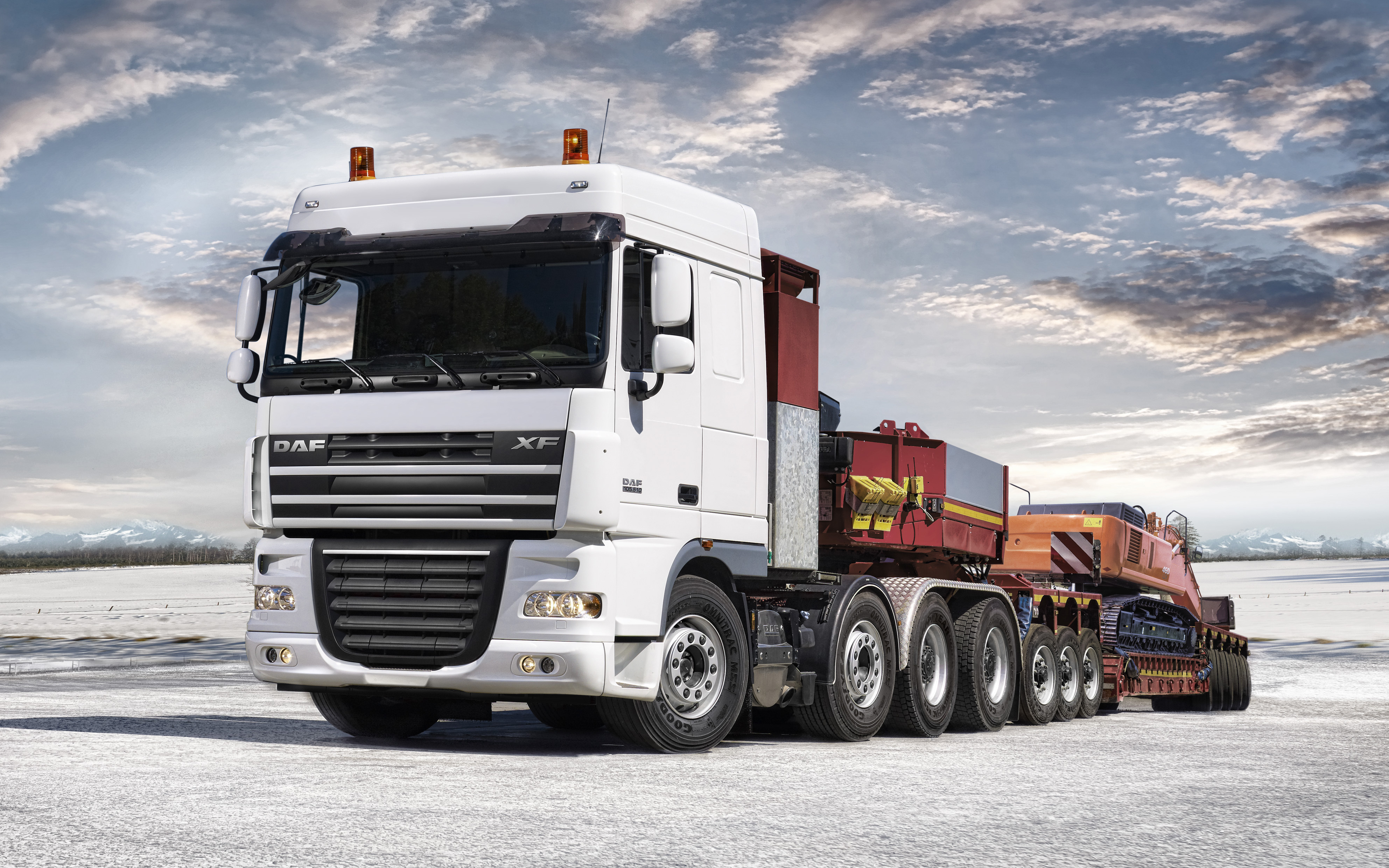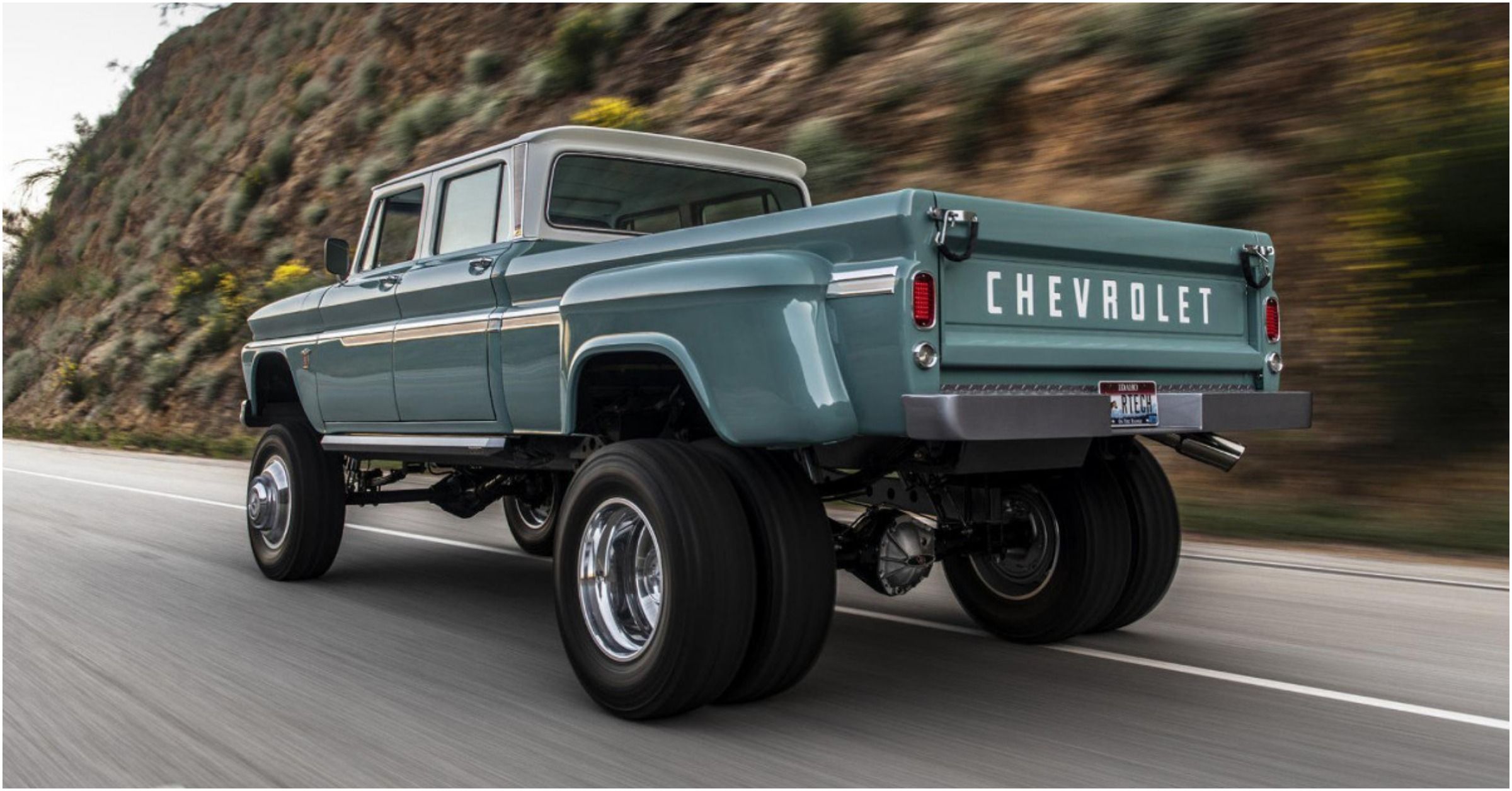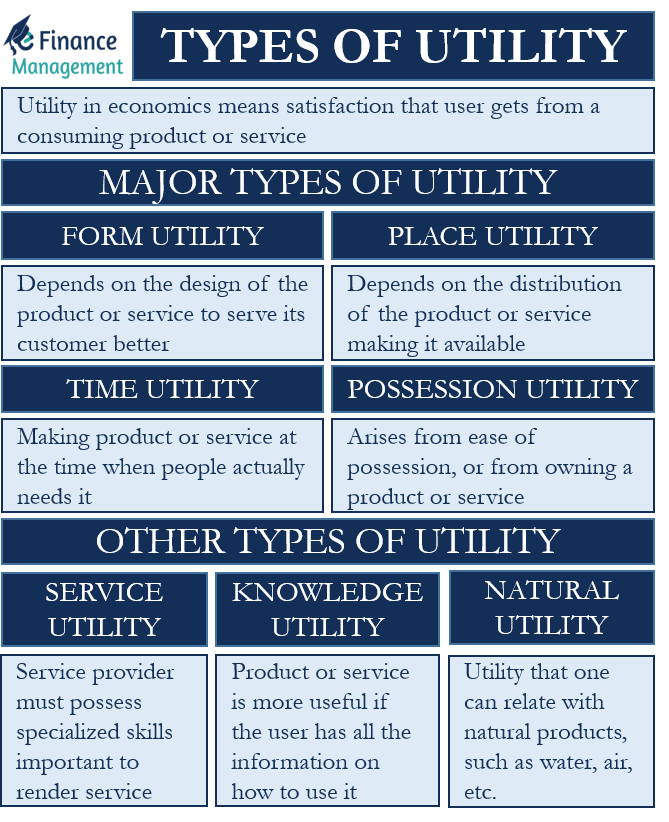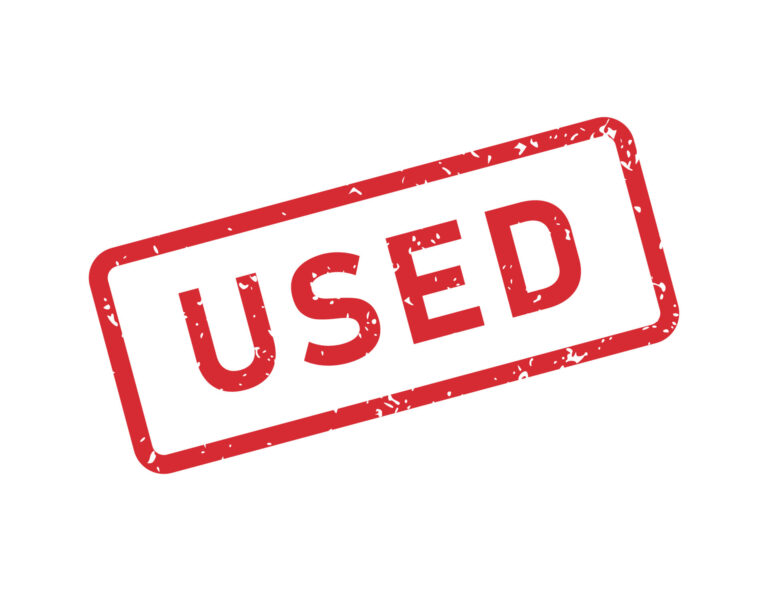Trucks For Sale $3000 Or Less: Your Comprehensive Guide to Budget-Friendly Utility
Trucks For Sale $3000 Or Less: Your Comprehensive Guide to Budget-Friendly Utility cars.truckstrend.com
In an era where vehicle prices seem to constantly climb, the idea of finding a reliable truck for under $3000 might sound like a pipe dream. Yet, for the savvy, patient, and mechanically inclined buyer, the market for "Trucks For Sale $3000 Or Less" represents a genuine opportunity. This isn’t about luxury or cutting-edge technology; it’s about raw utility, cost-effectiveness, and the satisfaction of finding a workhorse that won’t break the bank.
A truck in this price range typically signifies an older model, often with higher mileage, and certainly with some battle scars. However, for those who need a vehicle for hauling materials, tackling DIY projects, starting a small business, or simply having a secondary utility vehicle, these budget-friendly trucks can be an invaluable asset. This comprehensive guide will navigate the often-murky waters of the sub-$3000 truck market, equipping you with the knowledge and strategies to make a smart, informed purchase.
Trucks For Sale $3000 Or Less: Your Comprehensive Guide to Budget-Friendly Utility
Why Consider a Truck Under $3000? The Benefits and Ideal Buyers
The allure of a truck for less than three thousand dollars extends beyond mere cost savings. It’s a practical choice for a specific segment of buyers.
- Cost-Effectiveness: This is the most obvious benefit. For many, a new or even a late-model used truck is financially out of reach. A $3000 truck provides essential functionality at a fraction of the cost, making it accessible to a wider demographic.
- Minimal Depreciation: Unlike newer vehicles that shed thousands in value the moment they leave the lot, a truck bought for $3000 has already absorbed the vast majority of its depreciation. You’re unlikely to lose significant money on it, and if you maintain it well, you might even sell it for what you paid.
- Utility for Specific Tasks: Whether you’re moving furniture, hauling gardening supplies, transporting tools for a trade, or simply need something to tow a small trailer, these trucks offer practical utility without the burden of a large loan payment.
- Learning Opportunity: For those interested in basic automotive mechanics, a cheaper, older truck can be a fantastic learning platform. Their simpler systems (compared to modern vehicles) are often easier to diagnose and repair, allowing you to save money on labor and gain valuable skills.
- Project Potential: Many budget trucks are bought with the intention of restoration or customization. They offer a blank canvas for enthusiasts looking for a rewarding project.
- Secondary Vehicle: It can serve as a reliable backup vehicle or a dedicated work truck, keeping the mileage off your primary daily driver.

Who is this market for? Students, small business owners, DIY enthusiasts, landscapers, homeowners with large properties, first-time truck owners, or anyone who needs a reliable hauler without a hefty price tag.
The Hunt: Where to Find Bargain Trucks
Finding a diamond in the rough requires knowing where to look and exercising patience. The best deals often come from unexpected places.

- Private Sellers (Online Marketplaces & Local Classifieds): This is often the best source for trucks in this price range. Websites like Craigslist, Facebook Marketplace, and local online classifieds are goldmines.
- Pros: You’re dealing directly with the owner, allowing for negotiation and a chance to inquire about the vehicle’s history and maintenance. Often, sellers are more flexible on price.
- Cons: "As-is" sales mean no warranty or recourse if issues arise. You’ll need to be vigilant in your inspection.

- Used Car Lots (Smaller, Independent Dealers): While larger dealerships rarely stock vehicles under $3000, smaller, independent used car lots might.
- Pros: The vehicle might have undergone a basic safety check, and sometimes these dealers offer limited warranties (though rare for this price point).
- Cons: Prices are typically higher than private sales, and the selection will be limited. Financing options for such low amounts are usually non-existent or come with very high interest rates.
- Auctions (Public, Government, Impound): This is where you can find the absolute lowest prices, but it comes with the highest risk.
- Pros: Incredible deals are possible, sometimes even on vehicles that just need minor repairs.
- Cons: Vehicles are often sold "as-is, where-is" with no opportunity for a thorough pre-purchase inspection or test drive. They may have significant mechanical issues, body damage, or salvage titles. You’ll often need to arrange for towing immediately.
- Word-of-Mouth & Local Garages: Let friends, family, and local mechanics know you’re looking. Sometimes, people are ready to part with an old truck and prefer selling to someone they know or through a trusted local shop.
- Online Truck Forums/Specialty Sites: For specific makes or models, dedicated online forums can connect you with enthusiasts selling their vehicles.
What to Look For: Inspection and Evaluation Checklist
Buying a truck for under $3000 is less about finding perfection and more about identifying manageable flaws versus deal-breakers. A thorough inspection is paramount.
1. Documentation & History:
- Ensure it’s a clean title. Avoid salvage, rebuilt, or flood titles unless you fully understand the implications and risks.
- Maintenance Records: Ask for any service history. Even a stack of oil change receipts can indicate regular care.
- VIN Check: While services like Carfax are costly and less common for cheap vehicles, if the seller has one, review it for accident history, odometer discrepancies, and title issues.
2. Exterior & Body:
- Rust: This is the #1 killer of older trucks. Inspect the frame (especially near the axles, suspension mounts, and cab mounts), brake lines, fuel lines, bed mounts, rocker panels, wheel wells, and cab corners. Surface rust is often manageable; extensive, flaky, or perforated rust on structural components is a deal-breaker.
- Dents & Scratches: Minor cosmetic damage is expected and fine. Look for signs of major collision repair (uneven panel gaps, mismatched paint, wrinkled frame components).
- Tires: Check tread depth (look for the wear bars), uneven wear patterns (indicates alignment or suspension issues), and dry rot on the sidewalls. Tires can be a significant immediate expense.
- Lights: Test all headlights, tail lights, turn signals, brake lights, and marker lights.
3. Engine & Under the Hood:
- Fluid Leaks: Look for puddles under the truck and check for oil, coolant, or transmission fluid leaks around the engine, transmission, and differential.
- Fluid Levels & Condition: Check oil (should be golden/brown, not black sludge or milky), coolant (should be green/orange, not rusty or sludgy), transmission fluid (should be red/pink, not dark brown or burnt smelling).
- Belts & Hoses: Look for cracks, fraying, or bulges.
- Battery: Check for corrosion on terminals.
- Engine Sounds: Listen for knocking, ticking, grinding, or excessive whining.
- Exhaust Smoke: Blue smoke (burning oil), white smoke (burning coolant), black smoke (rich fuel mixture). A small puff on startup might be normal for older engines, but continuous smoke is a problem.
4. Interior:
- Upholstery: Tears, stains, and general wear are expected.
- Dashboard Lights: Ensure no warning lights (check engine, ABS, airbag) are illuminated after starting.
- Electronics: Test the radio, AC/heater (cold and hot air), power windows, locks, and wipers.
- Pedals: Excessive wear on brake or accelerator pedals can indicate very high mileage.
5. Test Drive (Crucial!):
- Start-up: Does it start easily? Any strange noises?
- Engine Performance: Accelerate smoothly. Does it hesitate, bog down, or lose power?
- Transmission: Shifts should be smooth, without clunking, slipping, or harsh engagement. Test all gears, including reverse.
- Brakes: Feel for pulsing, grinding, or pulling to one side. Does the pedal feel firm?
- Steering: Should be responsive, with minimal play. Listen for clunking during turns.
- Suspension: Drive over bumps and rough roads. Listen for excessive bouncing, squeaking, or clunking.
- Alignment: Does it track straight, or does it pull to one side?
6. Professional Pre-Purchase Inspection (PPI):
If you’re serious about a particular truck and the seller allows it, invest $100-$200 for a trusted mechanic to perform a PPI. This can uncover hidden issues that you might miss and save you from a costly mistake.
Important Considerations & Potential Challenges
Buying a cheap truck isn’t without its hurdles. Being aware of these challenges will help you set realistic expectations.
- Rust is Your Nemesis: As mentioned, rust, especially frame rust, is often the ultimate deal-breaker. It compromises structural integrity and is prohibitively expensive to repair properly.
- High Mileage: Most trucks under $3000 will have well over 150,000 miles, many pushing 200,000 or even 300,000. Focus less on the number and more on the maintenance history and current condition. A well-maintained 250,000-mile truck is often better than a neglected 150,000-mile one.
- Immediate & Ongoing Maintenance: Assume you’ll need to put some money into the truck immediately after purchase – at minimum, an oil change, new filters, and possibly tires or brakes. Budget an additional $500-$1000 for initial repairs and allocate funds for ongoing maintenance.
- Reliability vs. Project: Be honest with yourself. Do you need a daily driver or a weekend project? A $3000 truck might not be perfectly reliable for daily commuting without significant investment.
- Safety Features: Older trucks lack modern safety features like multiple airbags, stability control, and advanced driver-assistance systems.
- Emissions & Inspections: Be aware of your state’s vehicle inspection and emissions testing requirements. An older truck with a check engine light could be an expensive fix to pass emissions.
- Fuel Economy: Don’t expect great gas mileage from older trucks. This is a trade-off for their utility and low purchase price.
Tips for a Successful Purchase
- Bring a Knowledgeable Friend/Mechanic: A second pair of eyes, especially an experienced one, can spot issues you might overlook.
- Negotiate: Always haggle. The asking price is rarely the final price, especially with private sellers. Be prepared to walk away if your offer isn’t met.
- Be Patient: Don’t jump on the first truck you see. The market is constantly changing, and better deals will emerge.
- Don’t Be Afraid to Walk Away: If the truck doesn’t feel right, if the seller is evasive, or if you find major deal-breaking issues, simply walk away. There will always be another truck.
- Budget Beyond the Purchase Price: Factor in sales tax (if applicable), registration fees, insurance, and initial maintenance/repair costs.
- Get Everything in Writing: Even for a cheap truck, get a bill of sale that includes the VIN, purchase price, date, and "as-is" clause.
Popular Models You Might Find Under $3000
While condition and local market dynamics are king, certain models are more commonly found in this price bracket due to their age, production volume, and general hardiness.
- Compact/Mid-Size:
- Ford Ranger (1980s-early 2000s): Abundant, generally reliable, and parts are easy to find.
- Chevrolet S10 / GMC Sonoma (1980s-early 2000s): Similar to the Ranger, a good workhorse.
- Dodge Dakota (1990s-early 2000s): A larger mid-size option, often with V6 or V8 engines.
- Toyota Pickup / Tacoma (older models, 1980s-early 1990s): Highly sought after for their legendary reliability, making them harder to find under $3000, but not impossible if very high mileage or some issues are present.
- Full-Size:
- Ford F-150 (1990s-early 2000s): Many generations available, from the robust "OBS" (Old Body Style) to the "NBS" (New Body Style).
- Chevrolet C/K Series / Silverado (1980s-early 2000s): Durable and plentiful.
- Dodge Ram 1500 (1990s-early 2000s): Known for their distinctive styling and available V8 engines.
These models, while older, were often built with simpler mechanics and robust components, making them ideal candidates for budget-conscious buyers willing to perform basic maintenance.
Price Table: What to Expect for Under $3000
It’s impossible to give exact prices for specific trucks, as condition, location, and seller motivation play huge roles. However, this table provides a general idea of what kind of truck you might find within the $3000 budget.
| Truck Model/Category | Typical Year Range (Under $3000) | Expected Condition at this Price | Notes/Considerations |
|---|




